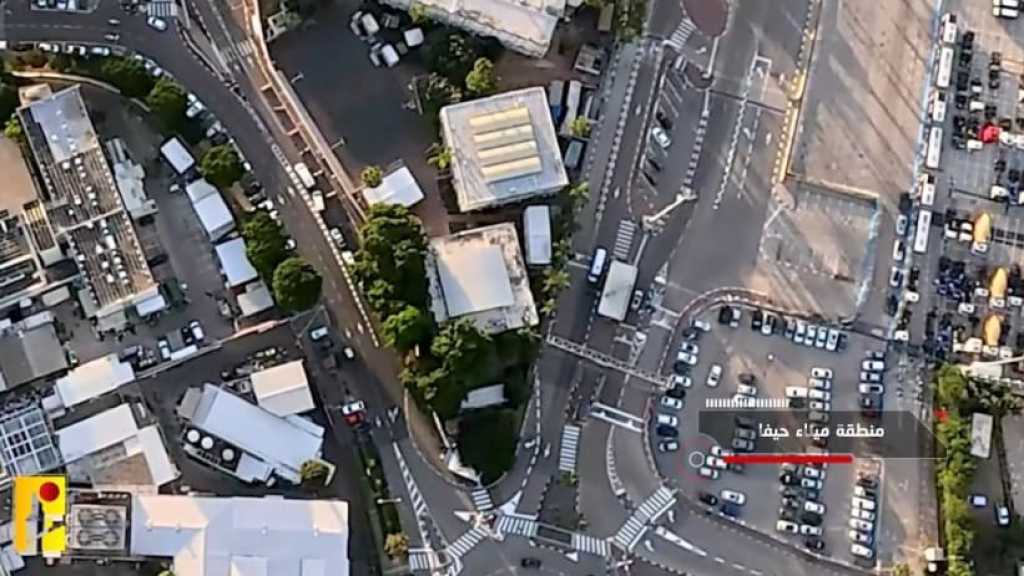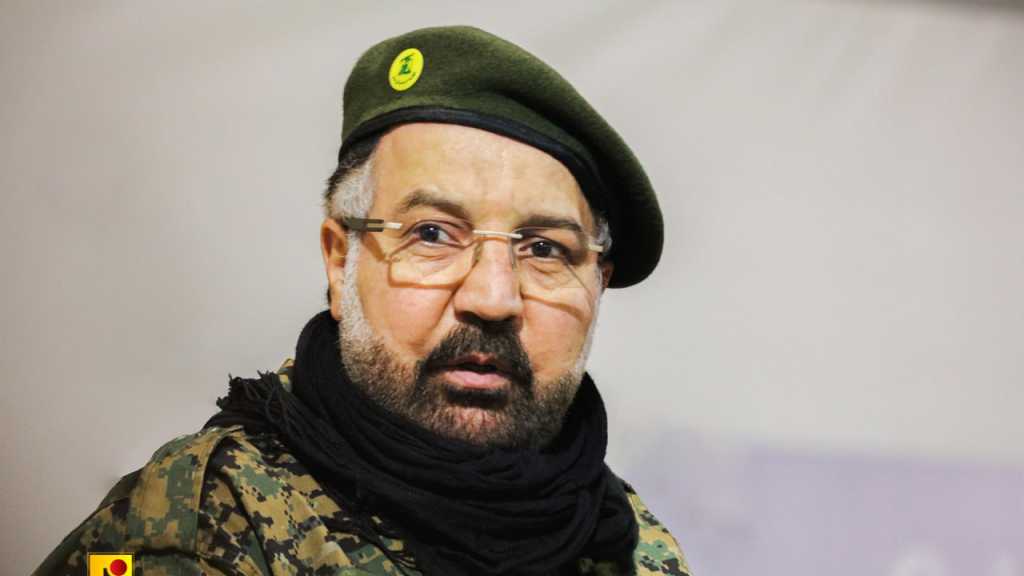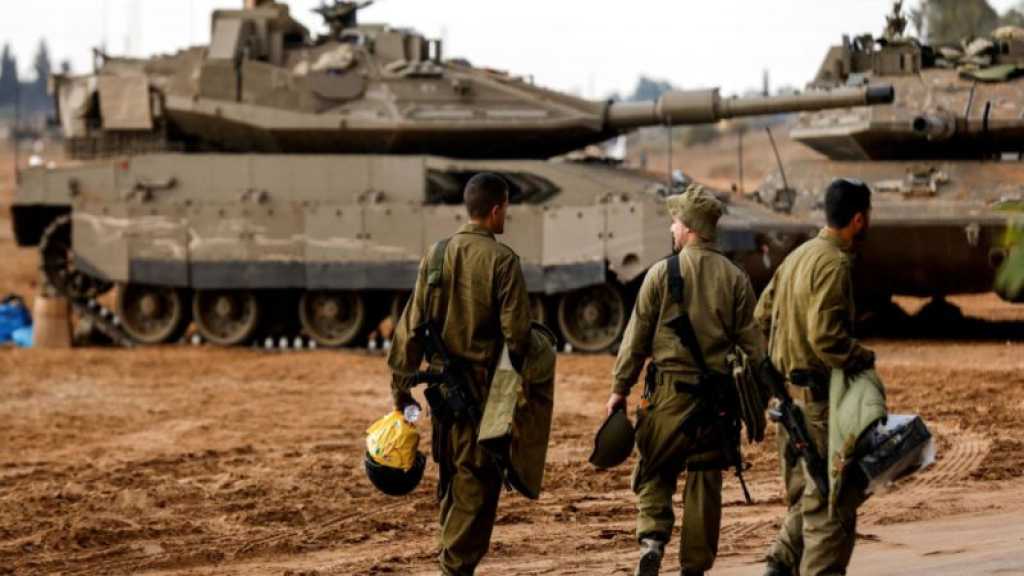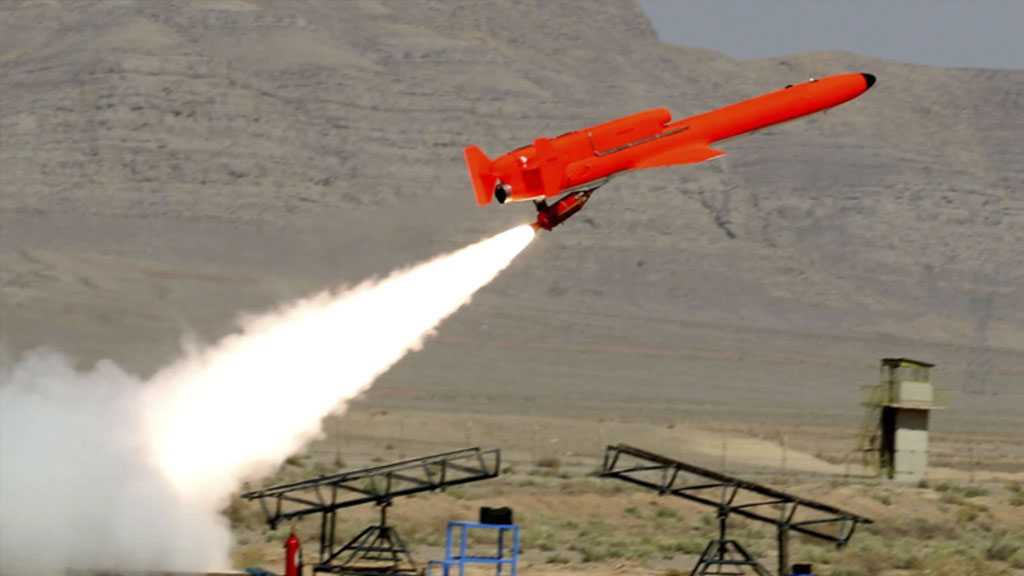Hizbullah’s Image in the Arab World: The Scene is More Balanced
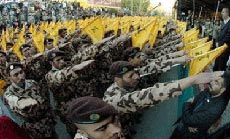
Ammar Ne'meh - As-safir Newspaper
Things now seem much better concerning Hizbullah's relationship with a great many segments in the Arab world, after a period of "confusion" that went on for long months. It started with the beginning of the Syrian crisis, and reached its peak with the movement's entry as a key player in the Syrian arena to this day, as it progressively assumed dimensions more understanding of Hizbullah's motives and of its fighting in Syria alongside Syrian president Bashar al-Assad.
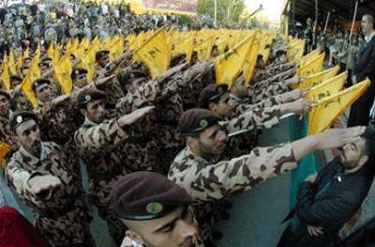
Followers of Hizbullah's policies note that with the beginning of the Arab Spring in 2011, Hizbullah sided with the uprisings that were unprompted and inattentive of the project of hegemony, and called them a popular movement that has assumed all of the internal and external elements of this uprising.
Yet, the shock came thereafter as the extent of the conspiracy laid out for Syria became clear to Hizbullah. It started in 2003 with the fall of Iraq, and was expressed by Colin Powell [US Secretary of State at the time] during his visit to Syria then, when he tried to dictate some conditions, stating that resistance movements in the region be eliminated, but they were met with refusal.
Experts note that the American project was renewed with the 2006 war on Lebanon, when plans were being made for a New Middle East, void of any identity, in addition to being dominated by "Israel" and protected by the United States.
It failed again. According to the experts, as the Americans worked on several files to corner Syria and Iran, soon they found the perfect excuse with the start of the Arab uprisings to target Damascus with its geopolitical and Arab/nationalist roles- keeping in mind that if it were not for Syria, resistance movements- all of them- would not have reached their status and liberation would not have occurred in the first place.
The experts refer to the American project's setbacks in 2003 and 2006 as "half of a victory", pointing out that America lost the battle but not the war, and therefore returned through the window of opportunity in 2011 to execute its plan.
In this stage, Hizbullah had no way but to stand up against the plans being set for the region through its Syrian portals, and was hard at work to explain its situation to the Arab and Islamic worlds. It retained its popularity in large segments of the Arab world that were not affected by the huge propaganda machine at play against the resistance.
Yet, it found great difficulty with many movements, religious and moderately non-religious. Hizbullah opted for patience while diverting its attention to its battle in Syria where the dust of the battle began to settle. According to them, it no longer fit the description of a peaceful opposition fighting an unjust regime, but was now clearer; it is a fight between Takfirism- nurtured financially, materially, and "legitimately"- and an axis whose main feature was its resistance and steadfastness against the Americans and "Israelis".
Followers of Hizbullah's policies note that this improved the Resistance movement's image in those segments that were once obstinate- little by little, as the conspiracy showed its true face, as well as the nature of the Arab and regional axis standing behind the Syrian opposition.
Hizbullah's officials confronted the intellectual disorientation imposed on these segments that were now aware of the nature of the struggle: A power struggle for the international order between the Russians and Americans "in Syria and against Syria", in an effort to establish a new world order beyond American unilateralism.
Thus, the followers of Arab visits to Hizbullah officials note the amount of change that is taking place. Some Arab party leaders now accept the logic of resistance after they had refused mere dialogue, or were unconvinced of its content. The scene now seems more balanced, and is made stronger by the confluence of wills with the positions of states and parties that refuse the fall of Syria (although originally categorized among the "moderate" Arab states).
Moreover, the general public is now more positive in states that were politically categorized as enemies of Syria such as Egypt, where one expert points out that the aggressive reaction against Syria was in fact manufactured. The evidence lies in the fact that Egypt's true position came to light upon the fall of the Muslim Brotherhood, which indicates that the regime's actual and powerful institutions were always against Syria's targeting and fall.
Another expert source on the Arab partisan movement notes that there is a great change happening today with regards to the Arab position towards the Brotherhood. Many channels opening up for Hizbullah are closed to the Brotherhood, keeping in mind that relations between it and the resistance movement are now "cold" and meetings between them are restricted to general occasions.
As for the Brotherhood, it appears that the Arab arenas are closing in on them one after another, the last of which was Sudan, wherein Hamas could find no place to speak at the fourth general conference of the National Congress Party which witnessed Bashir's re-election as president. It's remarkable that the ‘Fateh' movement inaugurated the conference- something which did not take place in the past in the conference attended by Hizbullah- and absented by ‘Hamas'!
Comments
